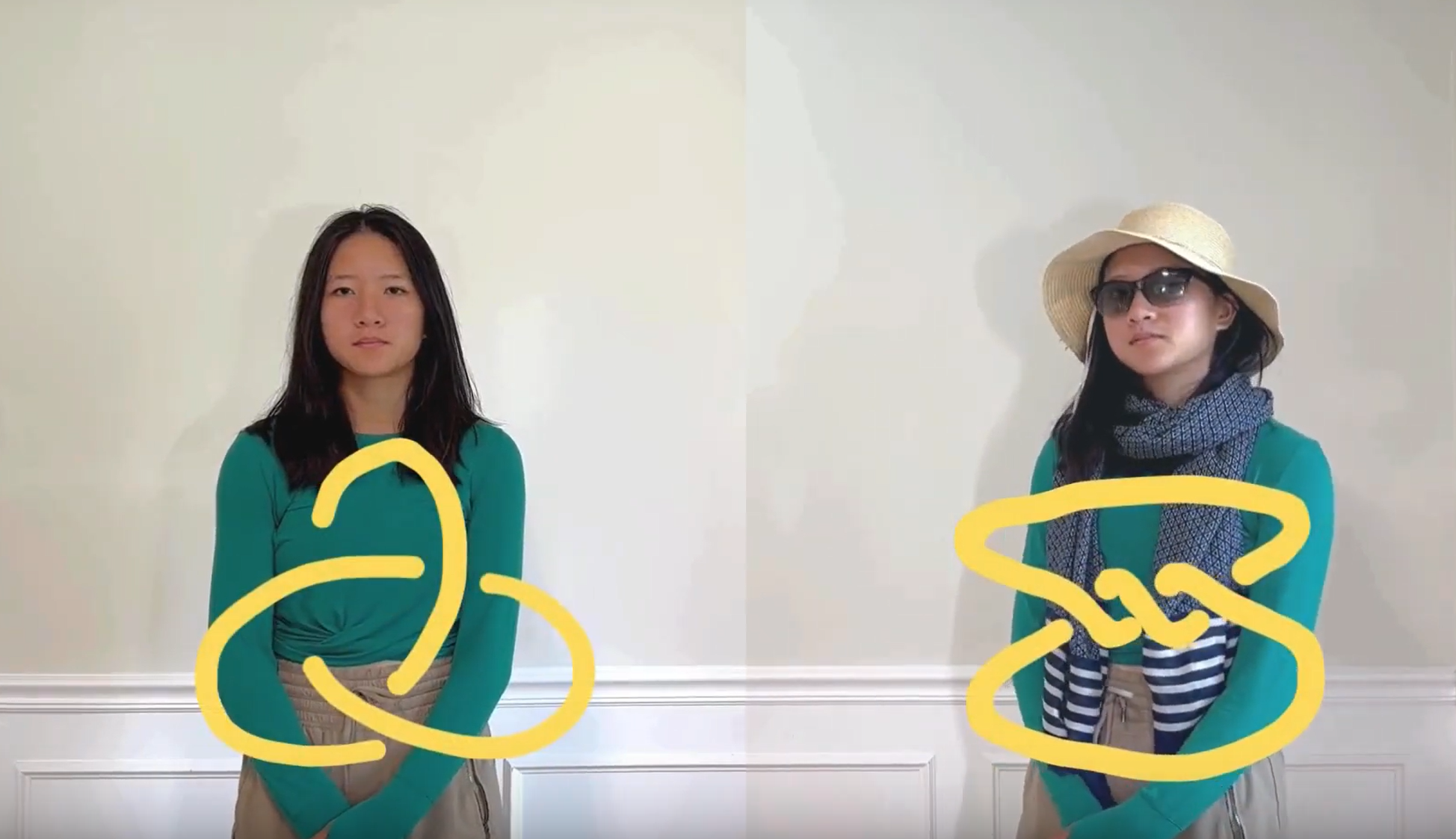Math Monday: Morton Bradley Sculpture
FEBRUARY 1, 2010
[sharethis]

It is amazing what can be made from paper. These two mathematical sculptures by Morton C. Bradley are 16 and 20 inches in diameter, respectively, made from 2-ply Strathmore paper. The geometric forms are each based on twelve copies of a Kepler-Poinsot polyhedron, with twelve great dodecahedra on the left and twelve small stellated dodecahedra on the right. If you want to try putting together your own paper models, all you really need to know is that in each case the visible facets are isosceles triangles in which the ratio of one edge length to the other is 1.618. In the form at left, each triangle has two equal short edges and one longer edge; at right they have two equal longer edges and one short edge.

The originals, now at the Indiana University Art Museum, took months to painstakingly create and paint in the 1970’s, but modern additive fabrication techniques can make plastic replicas of the forms in hours. These three-inch models were made from nylon by selective laser sintering. If you have access to a 3D printing machine, you can make your own copies of these and other Bradley designs by downloading the stl files available here. At the Museum of Mathematics, we like the way these illustrate both the beauty of math and the notion that complex structures can be understood in terms of simpler parts.
This article first appeared on Make: Online, February 1, 2010.
Return to Math Monday Archive.












